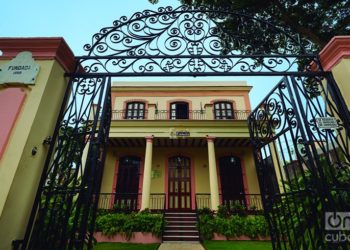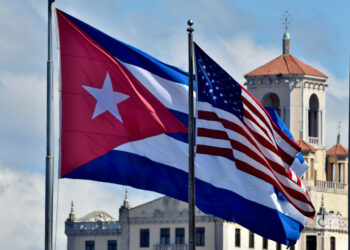Vedado, a major shift in 19th century urban development in Cuba
Vedado was created around the mid-1800s, as Havana’s continuous and systematic expansions revealed a city that had spread and become populated beyond its ancient walls, all the way to what is known as Belascoaín street. The undeniable novelty of Vedado’s design would contrast with the 19th century urban planning that had become established in the Cuban capital. The first project for a neighborhood (dubbed El Carmelo) was presented to city authorities in 1859. It was outlined around a hacienda very close to where the Almendares River empties into the sea. The following year, and in line with the same ideas, an adjoining farm, known as El Vedado, was divided into plots. Its name (Vedado means prohibited area) came from the restrictions (on production and construction) that existed along the coast for defense reasons. In the end, these two development projects and others nearby, in subsequent periods, were unified under the single name of El Vedado. The proximity of this area to Havana’s shoreline, and its rugged slopes, helped to make it a visually diverse landscape. One decisive element contributing to the uniqueness of this neighborhood was its urban layout, which was turned at a 45-degree angle in its geographic orientation...



